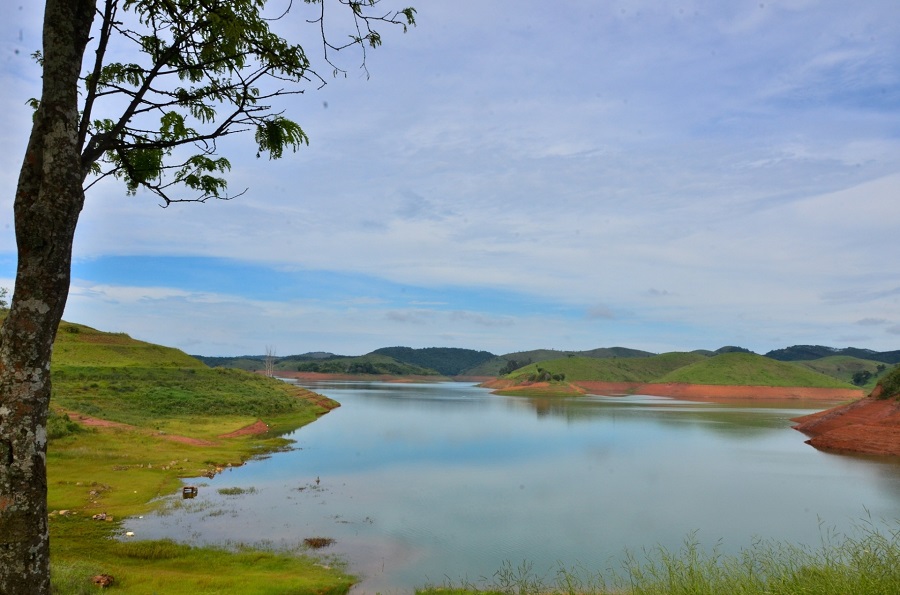RIO DE JANEIRO, BRAZIL – The level of rivers supplying hydroelectric plants should remain below the historical average this week, according to the National Electric System Operator (ONS).
The institution reports that all Brazilian regions’ reservoirs are below the historical average, with the South, Midwest and Southeast showing the most sensitive situation.
The Southeast region, along with the Midwest, is expected to end the month of July with reservoirs at 26% capacity, or almost a quarter of the total. On the other hand, the South region should reach 45% of its reservoirs’ capacity. The Northeast region should close the month at 53% capacity and the North region with 80% of its reservoirs full.

In an interview with foreign journalists, Minister of Mines and Energy Bento Albuquerque commented on the water crisis in Brazil. “The water crisis doesn’t occur only here in Brazil. This is evidently a climate change related process. And we have to consider that the water crisis is not generalized in Brazil. It is particularly concentrated in the Midwest and Southeast regions, which account for 70% of storage capacity,” the Minister said.
It is estimated that the rainfall regime in Brazil this year will be the lowest in the past 90 years. The government has launched a campaign for conscious water and electricity consumption, but has ruled out rationing.
The ONS forecasts that energy consumption should increase by 3.7% this month in relation to July last year. This increase is associated with the increase in trade, services and also industrial production activities.
In addition, the ONS stipulated that marginal operating costs, the amount spent to meet energy production, should reach R$1,030 (US$197) per megawatt hour, an increase of 7% over last week. This difference can be explained by the increase in the consumption of energy generated by thermoelectric plants, which cost more.
Source: Agência Brasil

